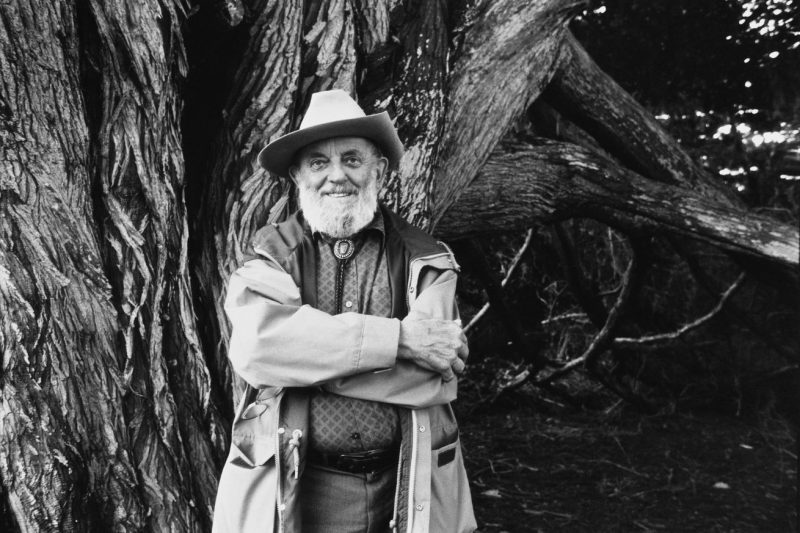In response to the recent controversy surrounding Adobe’s sale of Ansel Adams-style images generated by artificial intelligence (AI), there are several key ethical considerations that need to be addressed. The intersection of AI technology with creative works raises important questions about authenticity, copyright, and the role of human creativity in art.
One of the primary concerns raised by this issue is the commodification of art and the ethics of profiting from the work of renowned artists like Ansel Adams. While it is not uncommon for artists to be inspired by the works of others and create derivative pieces, using AI to replicate a specific style or technique blurs the line between homage and exploitation. The question arises: are these AI-generated images truly original works of art, or are they simply reproductions created by a machine?
Furthermore, the issue of copyright infringement comes into play when considering the sale of AI-generated images that closely resemble Ansel Adams’ iconic photographs. While it is true that copyright laws have limitations when it comes to protecting artistic styles or techniques, there is a valid argument to be made that these AI-generated images may be infringing on the intellectual property rights of the original artist. This raises concerns about the ability of AI technology to replicate and distribute copyrighted works without proper authorization.
Another important aspect to consider is the impact that the widespread use of AI-generated art may have on the future of creativity and artistic expression. As AI algorithms become more sophisticated and capable of producing high-quality imitations of famous artists’ styles, there is a risk that human creativity may be overshadowed by machine-generated art. This raises questions about the value of authenticity and originality in the art world, and the need to protect and preserve the unique perspectives and talents of individual artists.
In conclusion, the controversy surrounding Adobe’s sale of Ansel Adams-style images generated by AI highlights the complex ethical and legal issues that arise when technology intersects with art. It calls for a deeper examination of the role of AI in the creation and distribution of artistic works, and the need to establish clear guidelines and regulations to ensure the protection of artists’ rights and the integrity of the creative process. As AI technology continues to advance, it is crucial that we engage in thoughtful dialogue and collaboration to navigate these challenges and safeguard the principles of creativity, originality, and artistic integrity.

